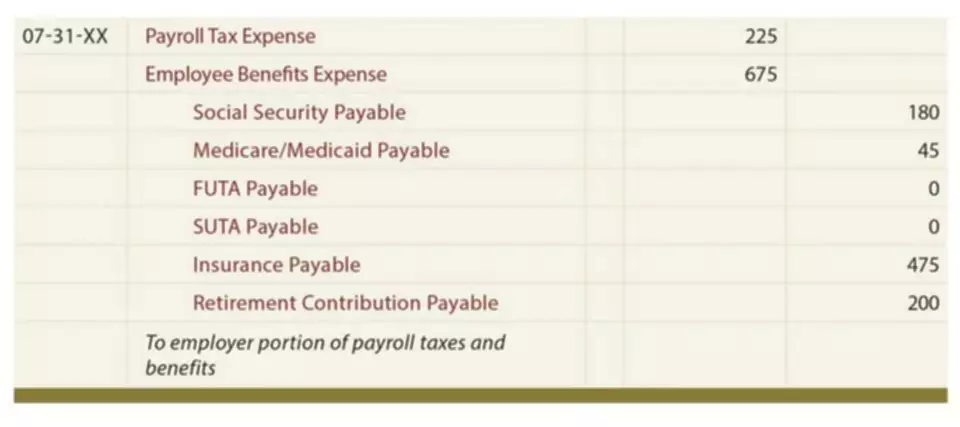Content

This is simply the raw materials and the labor a firm needs to make the final product. For instance, a motor vehicle will need raw materials such as steel and glass, as well as laborers to put it together. Expenses are how much it costs for a business to keep running and make money. Losses can be the result of one-time or any other extraordinary expenses, or lawsuit expenses.
What are the 4 elements of income statement?
What Are the Four Key Elements of an Income Statement? (1) Revenue, (2) expenses, (3) gains, and (4) losses.
The most common format for the income statement is the multiple-step which segments expenses between ‘cost of goods’ and ‘operational expenses’. The income statement is also vital for ratio analysis, equity research, and valuation of the company. It helps analysts and research houses analyze, forecast, and perform corporate valuation in order to create future economic decisions in the company. Typically, investors prefer looking at a company’s operating profit figure rather than a company’s bottom line as it gives them a better idea of how much money the company is making from its core operations.
Single-Step Income Statement
Return on revenue is a measure of a corporation’s profitability that compares net income to revenue. A customer may take goods/services from a company on Sept. 28, which will lead to the revenue accounted for in September. The customer may be given a 30-day payment window due to his excellent credit and reputation, allowing until Oct. 28 to make the payment, which is when the receipts are accounted for.
- To check the progress of a company over a period of time, you need to lay hands on its income statement alongside other financial statements.
- For publicly traded companies, the income statement is one of three statements that compose the financial report filed on a quarterly and annual basis with the Securities and Exchange Commission.
- The income tax stated in an income statement is estimated and only gets paid after agreement with the tax authorities.
- An annual income statement is prepared for the fiscal or calendar year ended on a company’s selected year-end date.
- Diluted EPS is calculated by adding convertible securities to the shares in issue before arriving at the earnings attributable to each share.
- An extraordinary or special item can either be an income or an expense.
After preparing the skeleton of an income statement as such, it can then be integrated into a proper financial model to forecast future performance. After deducting all the above expenses, we finally arrive at the first subtotal on the income statement, Operating Income . Depreciation and amortization are non-cash expenses that are created by accountants to spread out the cost of capital assets such as Property, Plant, and Equipment (PP&E). Microsoft had a lower cost for generating equivalent revenue, higher net income from continuing operations, and higher net income applicable to common shares compared with Walmart.
Income Statement: How to Read and Use It
A firm’s income statement is one of three parts of a firm’s financial reporting. The other two are the balance sheet and the statement of cash flows. Put together, these provide investors with useful information to determine the suitability of an investment. An Income Statement is a financial statement that shows the revenues and expenses of a company over a specific accounting period.
The definition of fundamentals in the context of investing are financial metrics inherent to the investment. Balance sheet, income statement, etc. Bitcoin, currencies, alternative currencies have none. That's the entire point of the article.
— Jason Pereira (@jasonpereira) January 9, 2021
Examples of gains are proceeds from the disposal of assets, and interest income. It starts with the top-line item which is the sales revenue amounting to $90,000. From this amount, the cost of goods sold amounting to $47,000 is deducted in income statement order to arrive at the first level of profitability which is the gross profit. EBIT is helpful when analyzing the performance of the operations of a company without the costs of the tax expenses and capital structure impacting profit.
Income Statement Explanation
This type of analysis can be useful when comparing with other companies in the industry. An income statement is a financial document that details the revenue and expenses of a company. Because of this, horizontal analysis is important to investors and analysts. By conducting a horizontal analysis, you can tell what’s been driving an organization’s financial performance over the years and spot trends and growth patterns, line item by line item. Ultimately, horizontal analysis is used to identify trends over time—comparisons from Q1 to Q2, for example—instead of revealing how individual line items relate to others. Horizontal analysis makes financial data and reporting consistent per generally accepted accounting principles . It improves the review of a company’s consistency over time, as well as its growth compared to competitors.
For companies not in the lending business, interest income and interest expense are netted and shown in the Other expenses section of an income statement, between Operating income and Net income before taxes. Sometimes a small business may choose to prepare tax basis income statements that don’t comply with GAAP. It shows you how much money flowed into and out of your business over a certain period of time. These expenses are listed individually here, but some income statements will bundle these and other similar expenses together into one broad category called “Selling, General & Administrative Expenses” (SG&A). It is useful to include in either form of presentation as many aggregated line items and subtotals as necessary to most clearly convey to the reader the financial performance of the reporting entity.
Interest Expense
Competitors also may use them to gain insights about the success parameters of a company and focus areas such as lifting R&D spending. Reducing total operating expenses from total revenue leads to operating income of $69.92 billion ($168.09 billion – $98.18 billion). Also called other income, gains indicate the net money made from other activities, like the sale of long-term assets. These include the net income realized from one-time nonbusiness activities, such as a company selling its old transportation van, unused land, or a subsidiary company. Revenue realized through secondary, noncore business activities is often referred to as nonoperating, recurring revenue. An income statement is a financial report that shows how much your business has spent and earned over a specified time. It also shows whether you’ve made a profit or a loss over that time.

